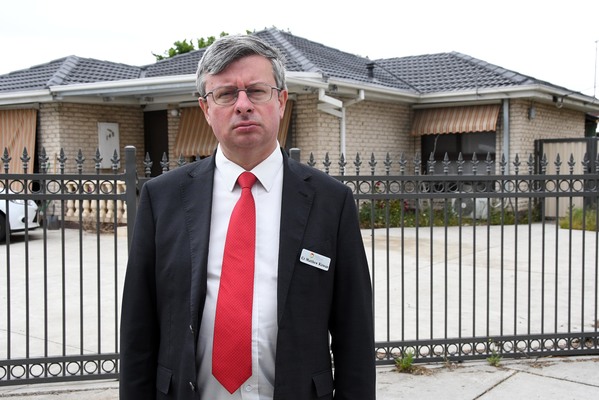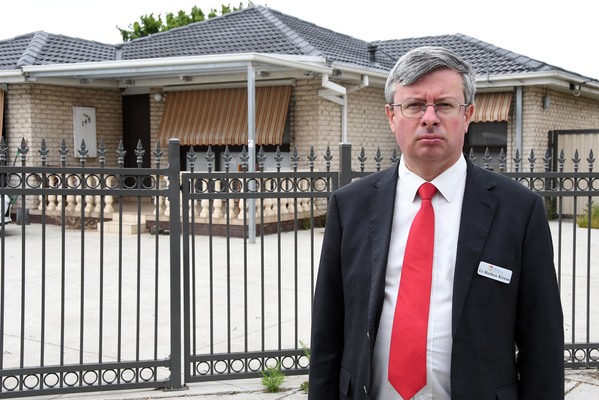Greater Dandenong Council has chopped a proposed ‘urban forest strategy’ that aimed to vegetate the municipality’s “concrete jungle”.
On 9 December, councillors rejected the motion, particularly a possible local law to protect mature trees on private land.
Cr Tim Dark said it was “ridiculous” for the council to “start dictating to local landowners what trees they can and cannot have on their block”.
“To go into people’s personal backyards is a step too far.”
Cr Zaynoun Melham said the proposal made him “nervous” – “only because I know how staunch the council arborists are”.
Cr Peter Brown said it was strange that residents “can plant a tree if they wish but if they want to cut it down, they have to ask council for approval”.
According to a council report, Greater Dandenong is denuded compared to other Melbourne council areas, with just 9 per cent of its area covered by tree shade.
The goal of the urban forest strategy was 15 per cent by 2028.
It was also to consider options like mapping the municipality’s canopy coverage, landscaping guidelines for new developments and subdivisions, and education campaigns.
Cr Matthew Kirwan, in favour, said there was “huge support” for the aspiration.
About 89 per cent of respondents to the council’s 2018 street tree strategy called for more trees, he said.
“Residents of Greater Dandenong keep coming to me asking me when is Greater Dandenong going to stop being a concrete jungle?
“Planting more street trees won’t alone do that. You need to have more trees on private land.
“Contrary to what other councillors said we were not voting on any specific ways of doing that tonight but just continuing to develop a strategy to … make our city a more desirable place to live.”
Cr Kirwan said more trees would help combat the “heat island effect” caused by expanses of concrete and bitumen absorbing heat from the sun.
Urban areas were up to 3 degrees hotter than nearby rural areas for that reason. It would exacerbated by climate change, he said.
According to recent research by RMIT and DWELP, Greater Dandenong’s loss of vegetation was “significantly less” than neighbouring council areas in 2014-’18 – less than 1 per cent.
Most of the losses were due to new industrial parks and the Sky Rail project – though 700 trees were planted to offset the elevated-rail clearings.
It was also offset by vegetation planted in residential estates in Keysborough South, and along Eastlink and Dandenong Bypass.
This year, Greater Dandenong signed up to Living Melbourne – a metropolitan urban forest strategy.








